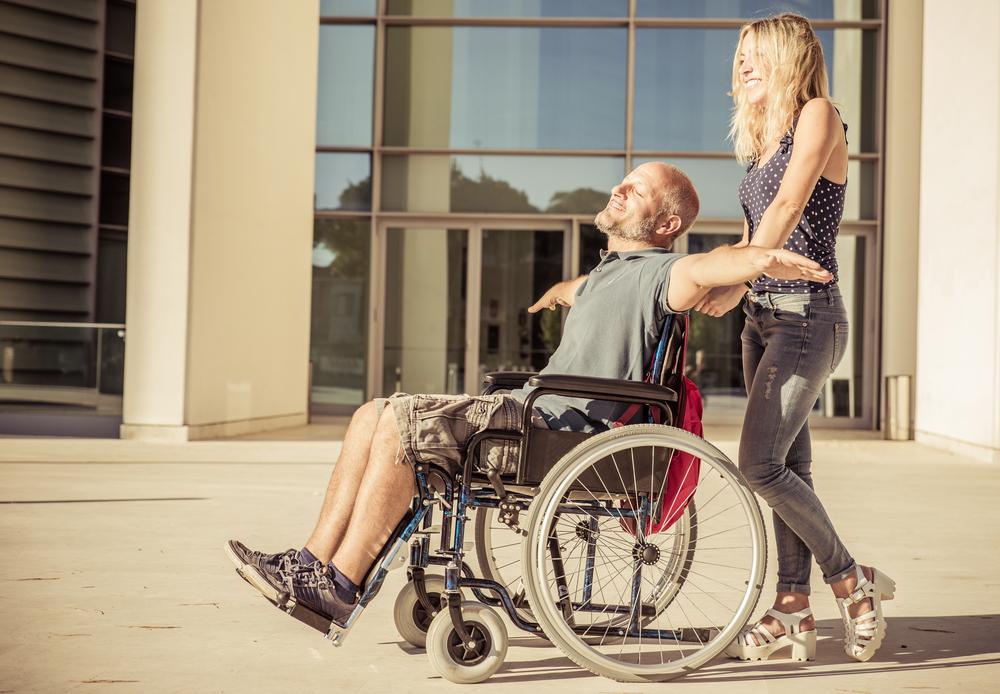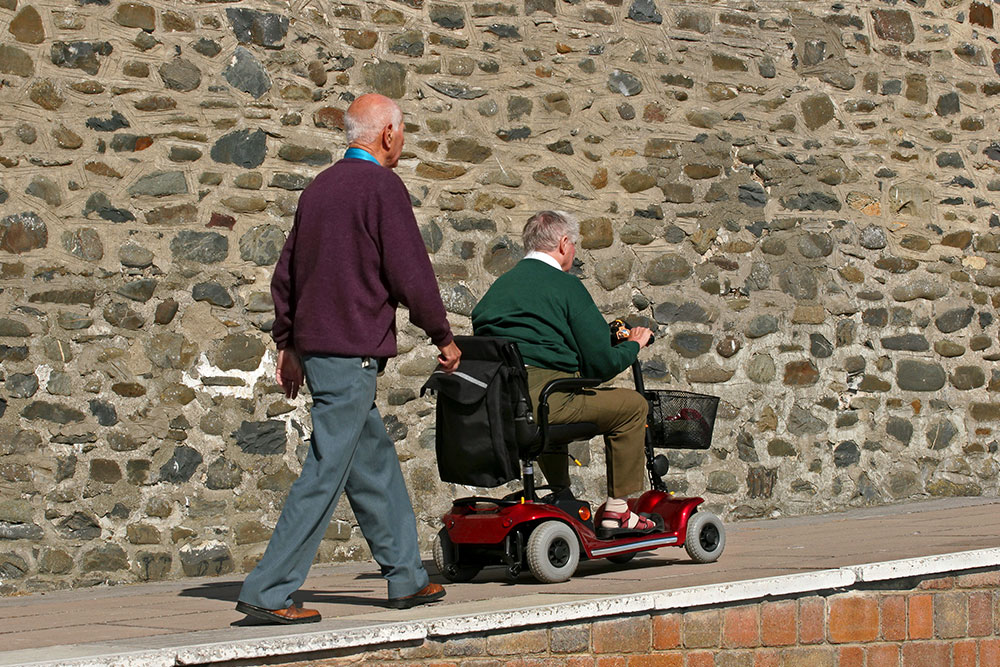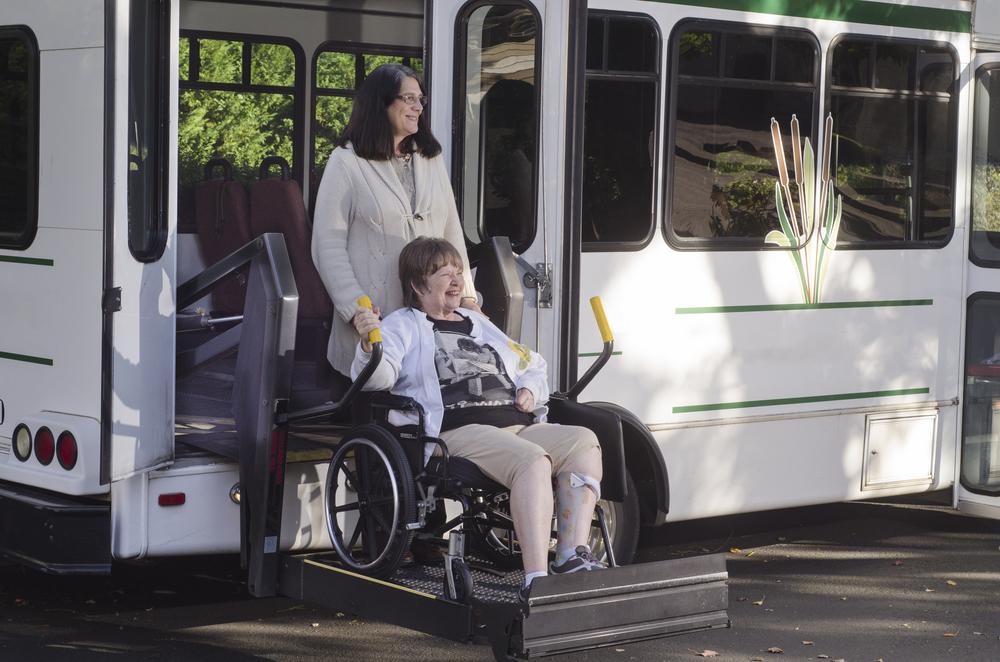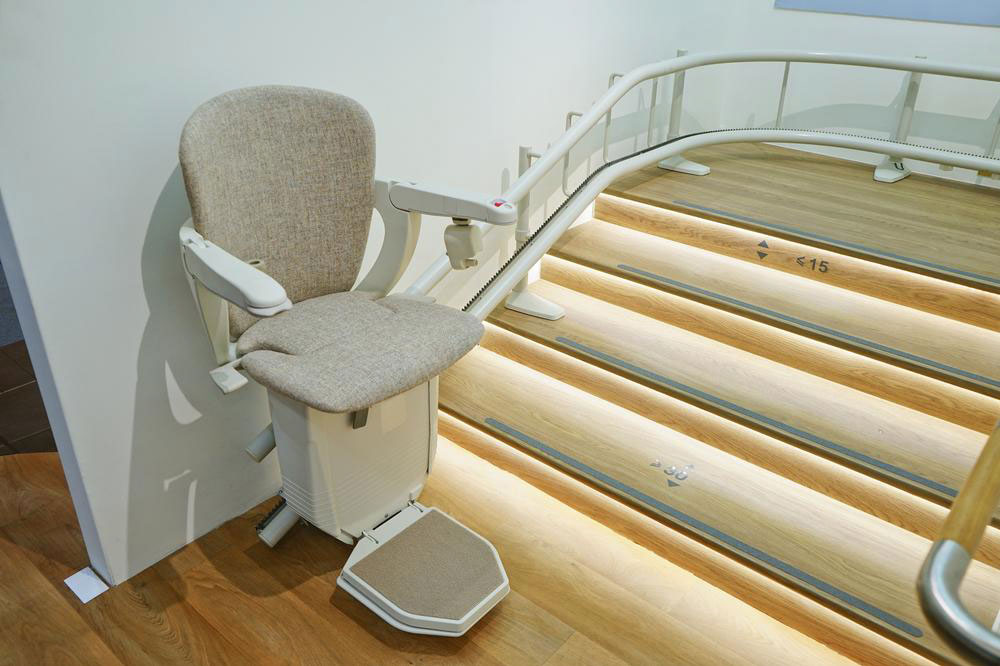Smart Home Lifts for Seniors in the U.S.: Enhancing Accessibility and Independence
Explore how home lifts can significantly improve safety, mobility, and independence for seniors in the U.S. Discover the different types, benefits, and key considerations for choosing the right lift to enhance your home’s accessibility, and ensuring comfort and safety for aging loved ones.
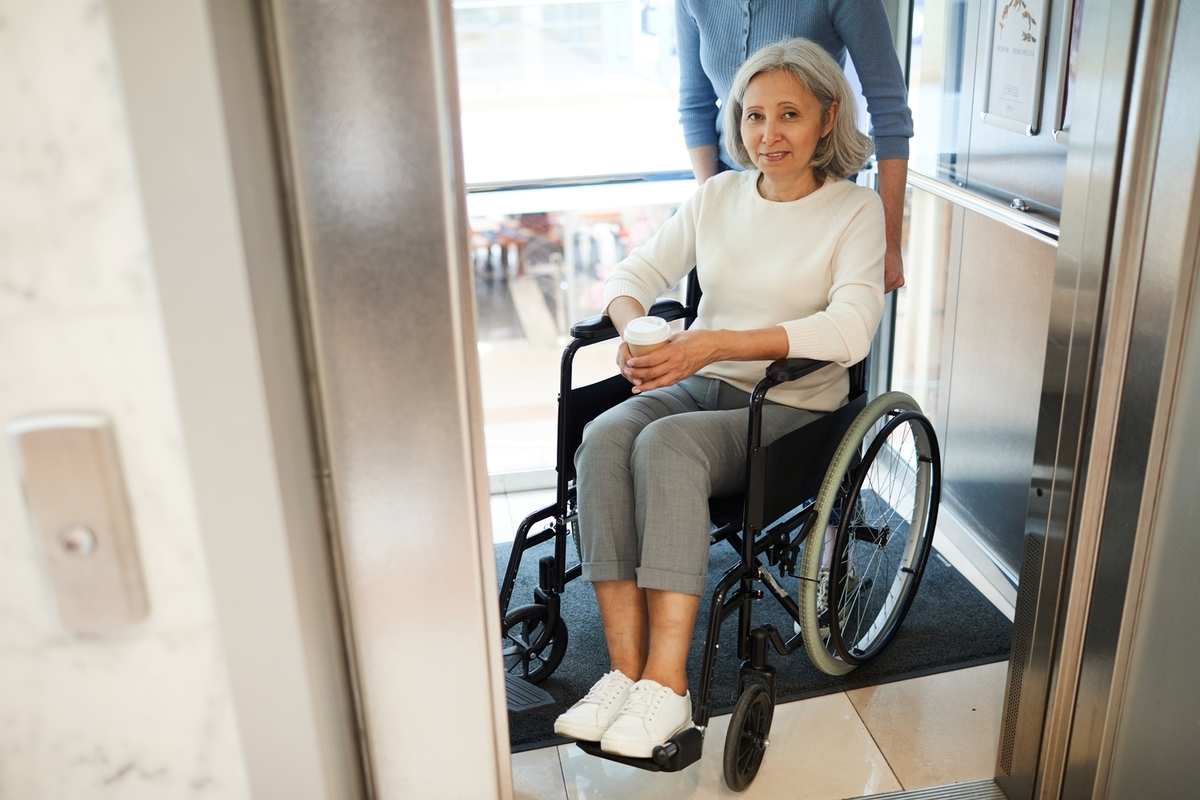
Smart Home Lifts for Seniors in the U.S.: Enhancing Accessibility and Independence
As the senior population in the United States continues to increase, adapting homes for better access and autonomy becomes a priority. Installing smart home lifts is an effective way to achieve this, offering seniors a safe and easy method to move between floors in multi-story residences. This article highlights the advantages, considerations, and various types of home lifts suited for seniors, empowering families to improve their loved ones' quality of life through informed choices.
Advantages of Home Lifts for Seniors
1. Greater Mobility and Self-Reliance
As mobility diminishes with age or health conditions like arthritis, osteoporosis, or muscle weakness, home lifts help seniors navigate their homes effortlessly, maintaining independence for longer. They allow continued residence without the physical strain of climbing stairs, even as mobility changes.
2. Safety Enhancement
Falls are a major concern among older adults, often leading to serious injuries. According to the CDC, falls are the primary cause of injury-related deaths in seniors. Home lifts reduce fall risks by offering smooth, secure transitions between floors—particularly beneficial for those with balance issues or mobility aids like walkers or wheelchairs.
3. Boosted Property Appeal
Installing a home lift not only improves accessibility but can also increase a home's market value. Properties equipped with lifts are attractive to buyers, especially families or individuals seeking accessible housing options, making your property more competitive.
4. Support for Caregivers
Home lifts simplify daily routines for caregivers, reducing physical exertion involved in assisting seniors. They diminish the need for lifting or carrying, easing the caregiving process, especially in families managing mobility-challenged loved ones.
Types of Home Lifts
Choosing the right lift depends on your home's layout, space, and specific needs. Main types include:
Hydraulic Lifts
Powered by hydraulic pistons, these lifts operate smoothly and are ideal for larger, upscale homes. They support higher weights but require more space and higher costs.
Traction Lifts
Using pulleys and counterweights, these lifts are energy-efficient, quieter, and suited for homes with limited space. Maintenance is moderate, making them a popular option.
Screw-Driven Lifts
These are compact and energy-efficient, driven by turning screws. Suitable for small homes, they have moderate capacities and lower costs.
Pneumatic Lifts
Air-powered and requiring minimal space, pneumatic lifts are easy to install, quiet, and modern in design. They are perfect for homes with tight spaces.
Key Factors Before Installing a Home Lift
Careful planning ensures safe, effective installation. Important aspects include:
Available Space and Design
Assess your home’s dimensions to select an appropriate lift type. Smaller spaces favor pneumatic or screw-driven options, while larger areas support hydraulic or traction lifts.
Budgeting
Costs range from $10,000 to over $50,000, factoring in equipment, installation, and modifications. Viewing the investment as long-term enhances safety and independence benefits.
Maintenance Needs
Regular servicing (usually annually) keeps lifts safe and efficient. Choose models that align with your upkeep preferences and financial plan.
Safety Features
Select lifts with features such as emergency stops, backup power, door sensors, and anti-slip surfaces to ensure user safety and peace of mind.
Comparison of Home Lift Types
Hydraulic: High capacity, needs significant space, higher cost, moderate efficiency, louder operation.
Traction: Moderate capacity, energy-efficient, quieter, moderate installation time, suitable for smaller spaces.
Screw-Driven: Compact, lower capacity, easy maintenance, energy-efficient, budget-friendly.
Pneumatic: Small footprint, quick installation, modern design, quiet operation, suitable for tight spaces.
In summary, home lifts provide seniors a safe, convenient way to enhance mobility and independence. While they require a financial investment, the improvements in safety, property value, and quality of life are substantial. Careful selection based on home layout, needs, and long-term maintenance will help ensure a smooth, beneficial upgrade for your loved ones.
Note:
The information provided aims to guide readers in making informed decisions about home lifts. It is advisable to consult professionals for personalized assessments and installation. We remind readers that each home's needs vary, and ongoing maintenance and safety considerations are essential for optimal operation.

